In John 1:42, we read that Simon AKA Saint Peter is given a special “code name” by Jesus when he says, “Thou art Shemeun, (Simon,) the son of Jona: thou shalt be called Kepha.”
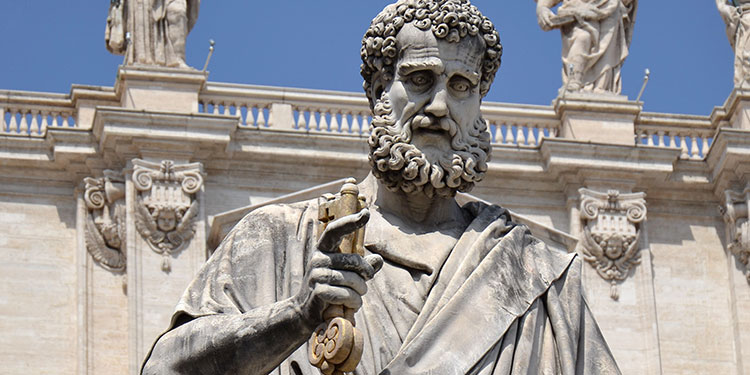
The above passage was said when Jesus first interviewed Saint Peter (Simon, Simeon or Symeon) to become his disciple (student) while teaching as part of John’s ministry (John 1:42). It was at this time that he gave him the surname “Kepha or Cepha.”
Later, Jesus tells Simon, “Thou art Kepha, and upon this kepha I will build my church.” (Matt, xvi, 18.)
A name and word that I believe is commonly misinterpreted by many theologians and authors to mean ‘rock’ and some could say is equivalent to “man of the rock.”
But I have found that this interpretation of the meaning is historically incorrect.
The reason I disagree is that you will not find the name Peter in the four Syriac Gospels, nor in the Epistles of Paul. The names that are found are “Shemeun (Simon) or Kepha, which answers to the English Cephas.
Also, if we are to research “true etymology” of the word Kepha, you will find that is is actually derived from the Greek words “kepha, kephas and or kephalé.”
Words that mean mainly – “the head,” but also denote esoterically in religion as, “Ruler, Lord or a Cornerstone (Masonic), uniting two walls.”
There are many words with kepha and or cepha which all denote head.
For example, we know that Simon, AKA Saint Peter, AKA Kepha was a fisherman and the great symbol of the Christians is a fish and interestingly we find the kephale (cephus, sefus) is a genus of the Cod-fishes, Cadidae, in which the head is remarkably large, depressed, and broad; the name also of a genus of Dipterous insects of the duck family.
A cephalla, se-fa’le-a, s. (kephale, Gr.) A genus of Dipterous insects, in which the fore part of the head is much prolonged, being without setae, and the palpi strongly dilated in the form of a spatula: Tribe, Musides.
This definition of the name Kephas for Simon makes perfect sense being that our Lord declared Peter as the “foundation for the church” and the leader of the 12 disciples and by the Roman Catholic Church as Prince of the Apostles and the first of its unbroken succession of popes.
It was for this reason that he was named the ‘head’ or should I say “Big head – as in wise ruler and or cornerstone – Kepha of the Church.”

Moe is the founder of GnosticWarrior.com. He is a father, husband, author, martial arts black belt, and an expert in Gnosticism, the occult, and esotericism.


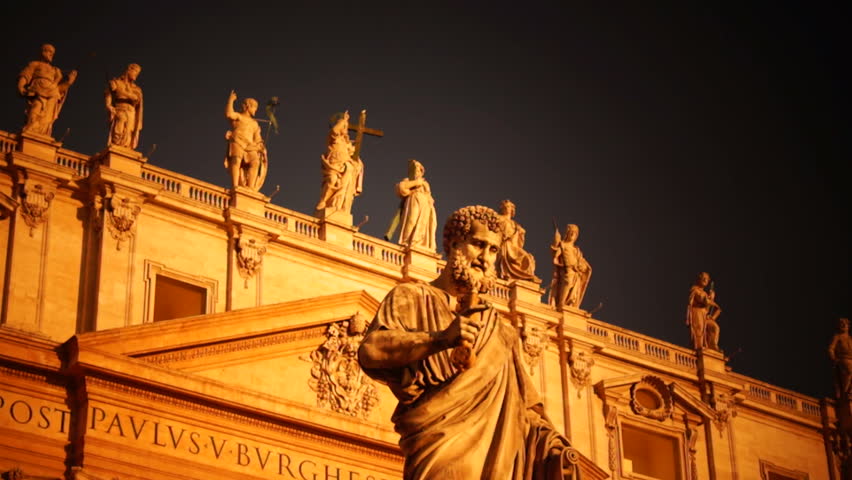
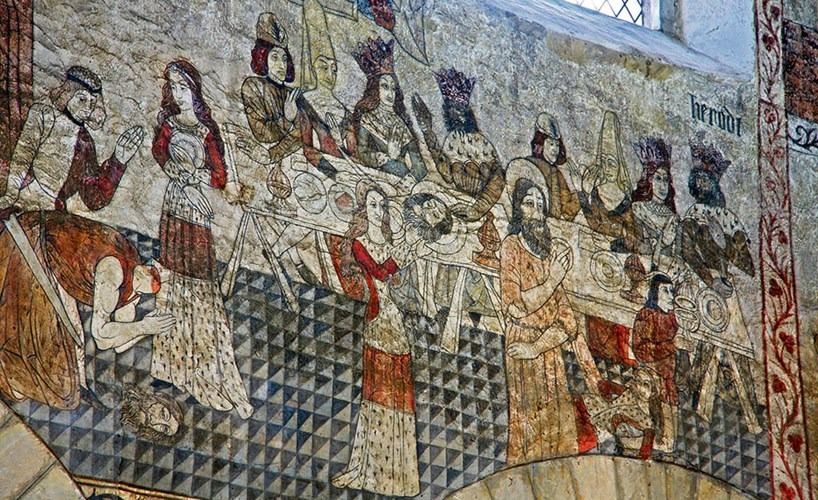
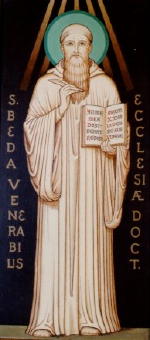
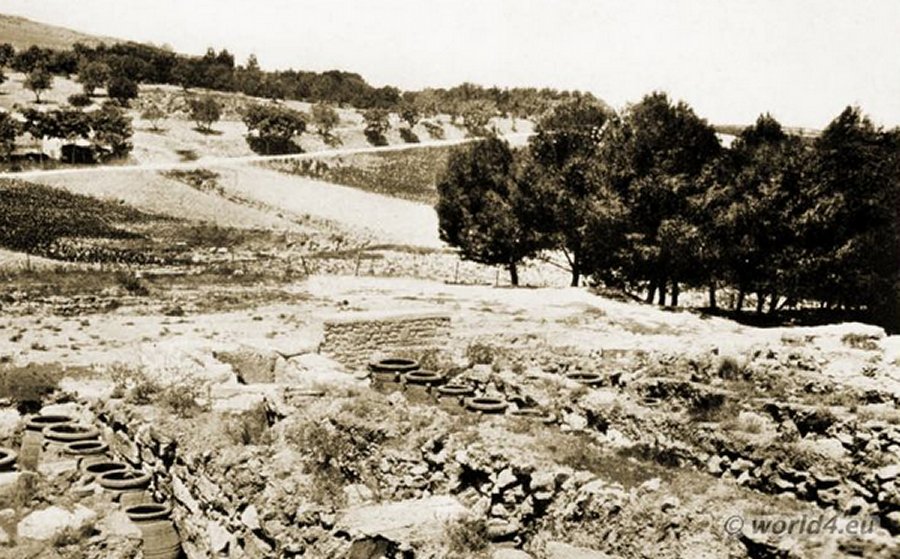
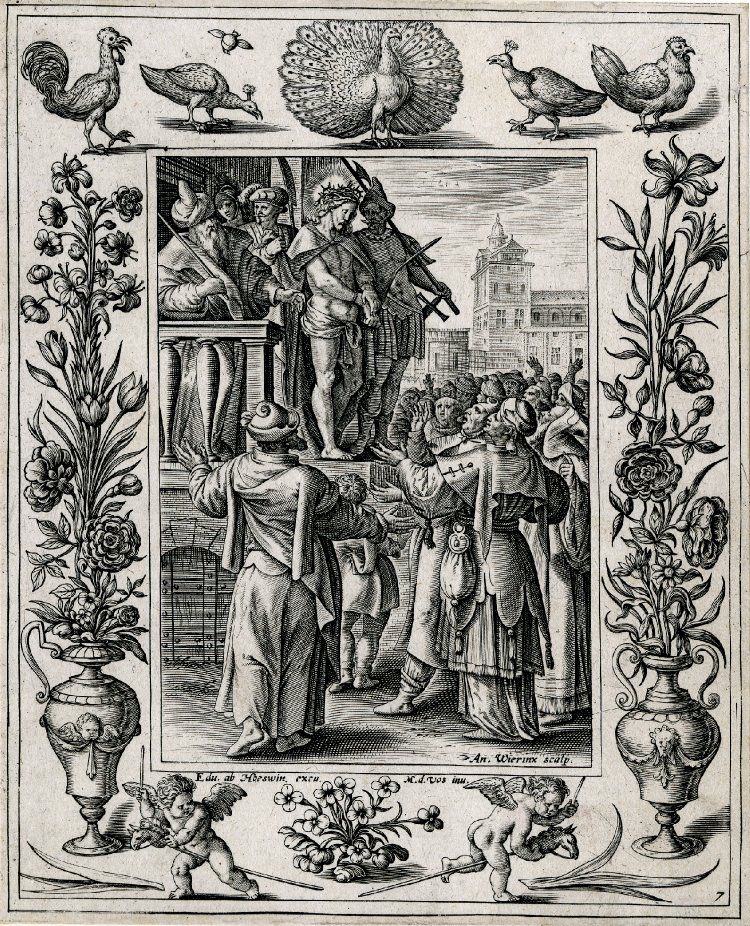
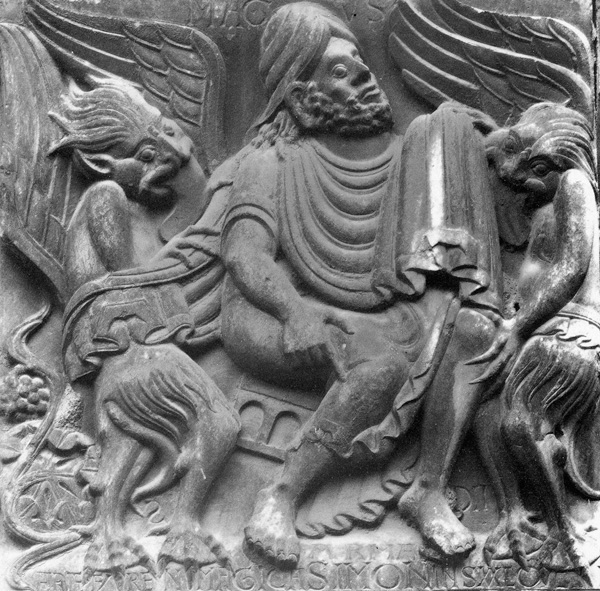
Jesus’ birth on Dec 25 was analogous to the birth in caves of several gods including Mithras. They were ‘rock born’ – For a rock is every initiate of Christos that recognize themself as a begotten son upon which the Church is built as presented by the mythical Paul – as having laid the foundation. Peter is that which burst open the way out-set free from bondage of all the man-centered religions and controls of their lower self. Peter comes from Greek petros, meaning stone-a material whose hardness refers to the firmness of erection and the cave represents the womb of a virgin as the mother of God impregnated with the Pillar of Flame as a divine man (producing that mystery which is called life) ever begetting the awakened/resurrected to newness of life in a new world with their sins in the past (forgiven through death-burial) being mystically reconnected to the creative powers of God. This is the perennial ritual (good news) that was celebrated thousands of years during the vernal equinox.